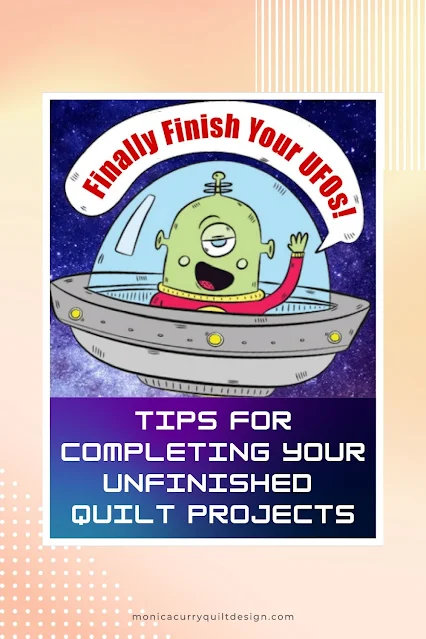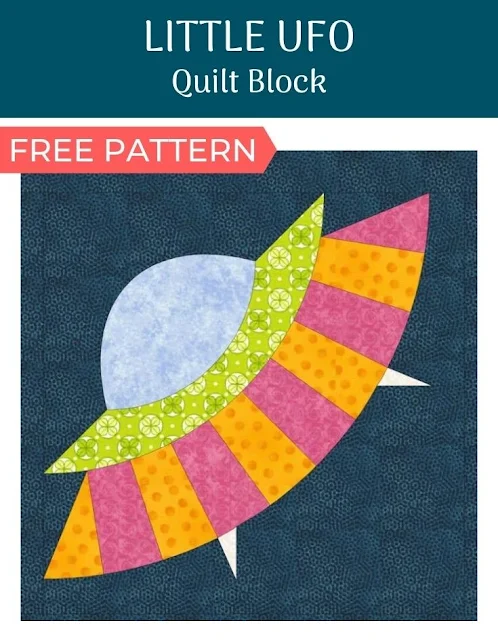For the past few weeks, I've been working on my unfinished quilt projects aka UFOs. I gave myself an official UFO challenge. I decided to share some of my tips for starting your own UFO challenge and finally getting your unfinished projects done.
1. Get everything out in the open.
Pull out all of your UFOs, and I mean all of them! Lay them out and review exactly what you're dealing with.
2. Weed out the rejects.
Look at each UFO and decide which ones you'll keep and which ones you can part with. Some UFOs are UFOs for a reason. Maybe the colours are wrong, the pattern is boring, or the workmanship is poor. Don't spend precious sewing time on projects that don't thrill you. If a project doesn't make the grade, let it go. Use it for a scrap quilt or give it away.
3. Store each UFO where you can see it.
After you've sorted out your projects, store them where you can see them. I use clear plastic 12" x 12" scrapbook bins that I buy at Michael's. I prefer to use see-through bins so I can see my project at a glance. You could also use those clear bags that you get with new sheets. Also, Ziploc makes a really nice storage bag that would be perfect for storing projects.
Write down a list of items that you'll need to complete each UFO. Check if you need thread, fabric, quilt backing, etc. and take a shopping trip to pick these things up. After you get your supplies put them in the project bins. If you get your supplies ahead of time everything will be ready for you when you start. You also won't be tempted to put the project aside again until you get to the fabric store.
5. Start with easiest first.
Start with the easy projects first and work your way up to the ones that need more attention. I find starting with the less demanding UFOs keeps me motivated.
6. Do a little each day
There's no need to overwhelm yourself. Even if it's only 15 or 30 minutes, work on your project every day. You'll be amazed at how much you can get done in a short time. Try setting goals for yourself to finish something each day.

















































